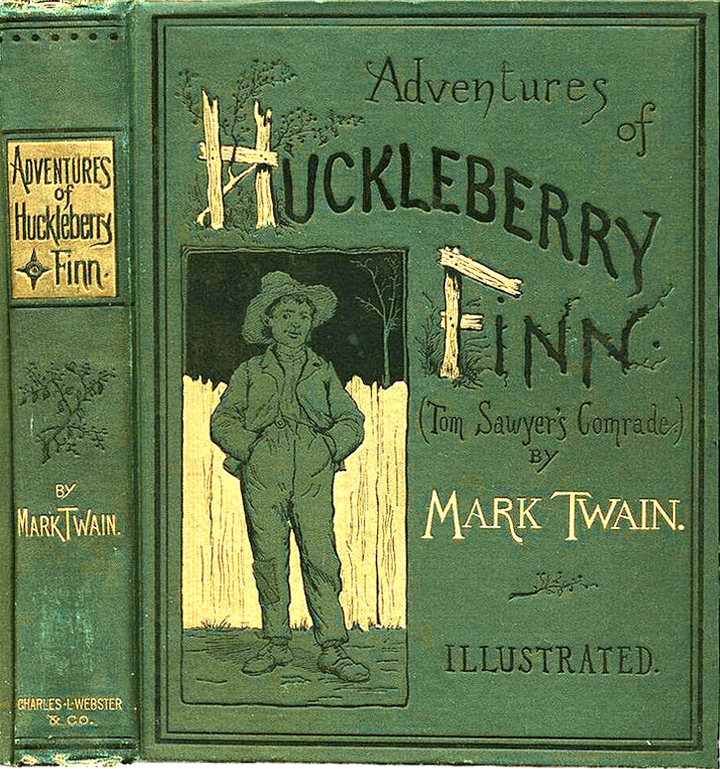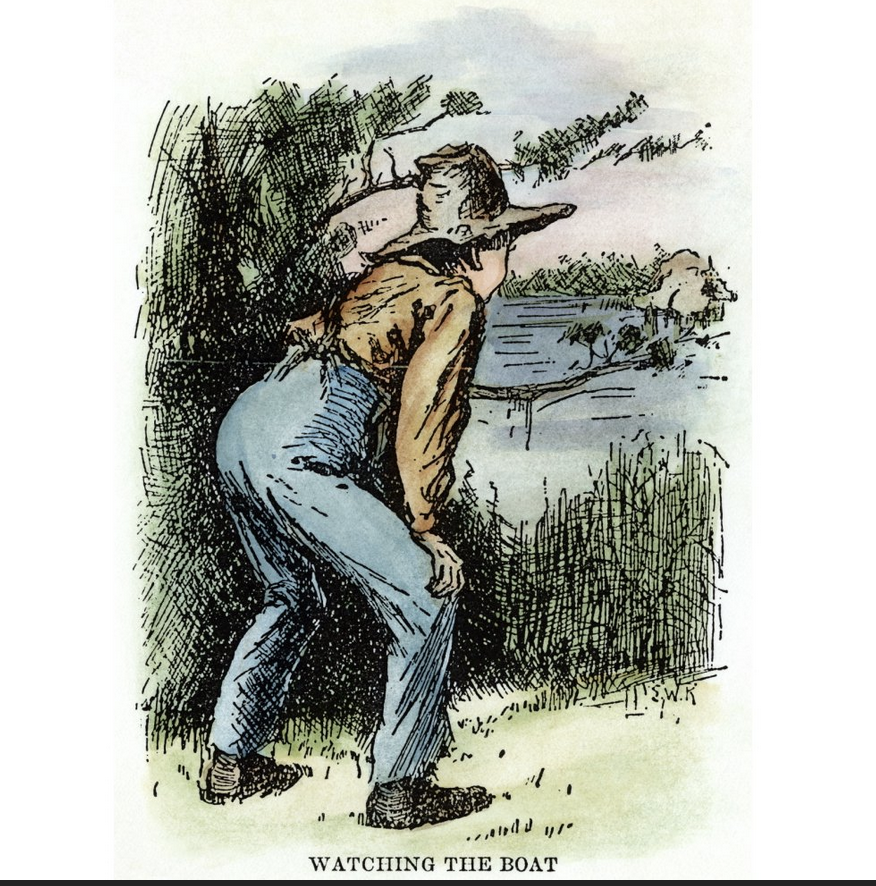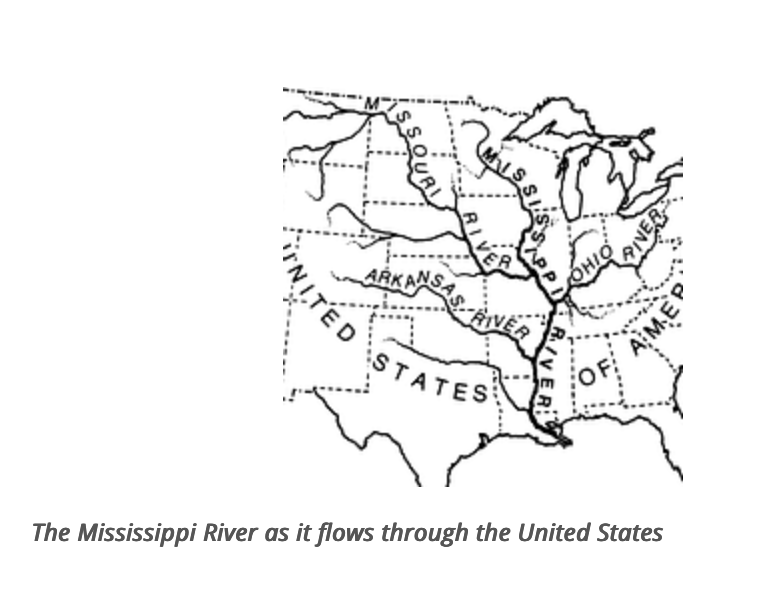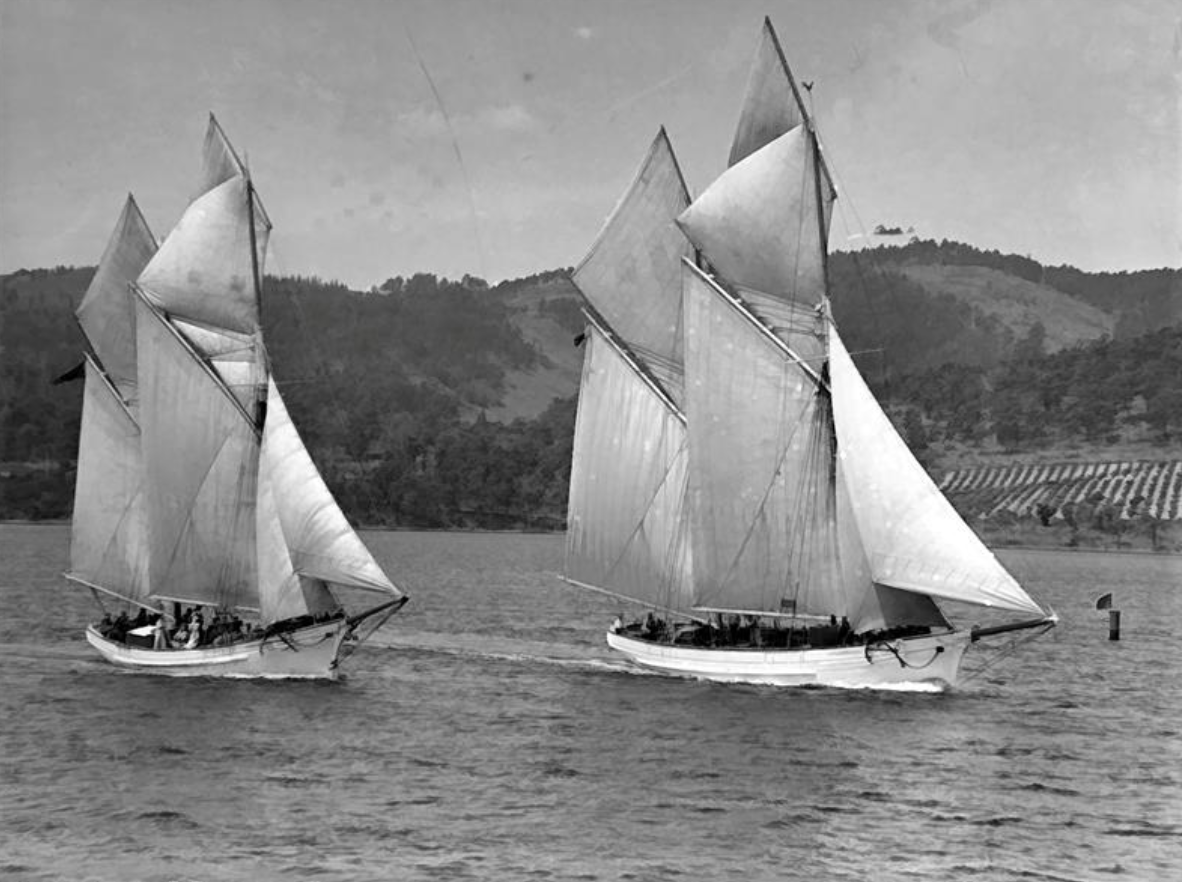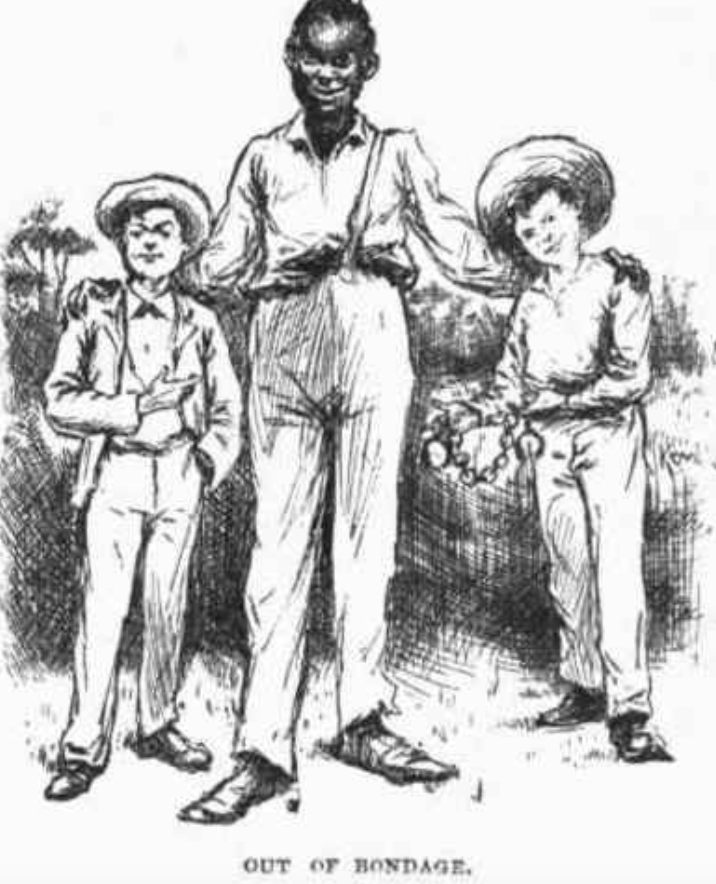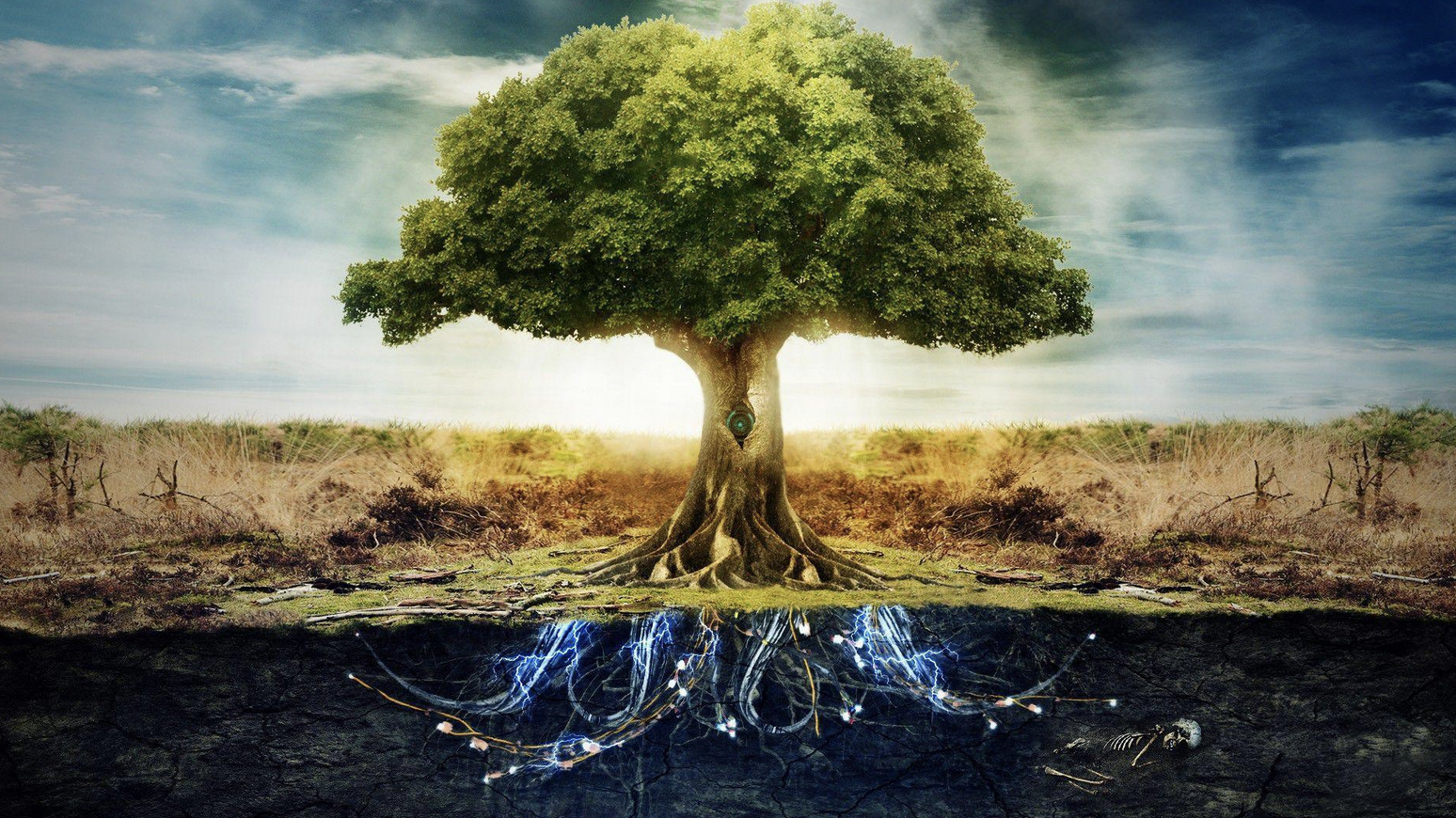When I was five years old my father, Tom Hanna, would read to me in the evenings after dinner. Perhaps this is because he hated television, which he called the “boob tube” and wanted his children to engage with more cultured activities like enjoying great literature. I remember being read Huckleberry Finn, an incredible story by Mark Twain about the adventures of some very interesting characters in search of freedom in the deep south.
Huck Finn is the narrator of the book and the story is a first-person account of his adventures. For Tom Hanna, the first-person perspective became the most important aspect of his formation of the philosophy of Somatics, which he later named as a new field called Somatology, the science of experience, where experience is defined as a sensory motor event caught within the flow of things and constantly adapting to that flow.
Huck Finn wants the experience of freedom - freedom from his alcoholic and abusive father, freedom from the moral and religious education that the Widow Douglas and Miss Watson were attempting to teach him, and freedom from society at large where he never felt that he belonged. And so, Huck sought to experience freedom without any knowledge of where it would lead him.
Huck is a soma. A soma is a process that is simultaneously in the world and separate from the world. The mechanisms of this inter-relationship are what Tom Hanna deemed the defining constituents of Somatology. Huck sought freedom by riding a raft down the Mississippi river. The raft housed his soma while the river carried him into new territory. The inter-relationship between the river and the raft was his personal experience of a process moving him toward his desired freedom.
Tom Hanna further articulated that an autonomy of behavior is an attainable state of authentic human freedom. To live in freedom- the authentic freedom gained through self-knowledge and self-control in relation to the environment- is the way of wisdom.
Huckleberry Finn, however, did not journey alone. Along the way he met Jim, an enslaved African American escaping to the north to gain his freedom from slavery and together they adventured down the river pursuing similar goals. As such, these two somas attained second person consciousness- as intimate others, members of a family, clan, tribe, or circle. The essence of this experience, Tom said, takes us beyond the necessity of tactile contact by being able to address others through our language as if this other person could understand our own first-person experiences. This relationship between Huck and Jim continually evolves throughout the story and becomes a catalyst for the personal and moral developments that they both achieve by the end of the book.
There were many dangers the two encountered along the river, in particular, two con men named the Duke and the King. These men were manipulators and would never share a second-person intimacy as with Jim and Huck. Mark Twain’s use of language makes this clear and these characters are almost akin to objects like chess pieces. The Duke and the King are outsiders, third-person entities, with no intimate connection or recognition of their own need for freedom from greed and immorality. Tom Hanna believed that all perspectives, first, second, and third person, were equally important for achieving freedom as a soma. Unfortunately, the third-person perspective is given much more respect in modern day societies and many people have lost touch with any deep first-person perspective or nuanced knowledge of themselves.
The river in Huckleberry Finn could be seen as a metaphor for what Tom Hanna called the “fair way”. The fair way is not directional or straight yet within the process of experience, it is the straightest of all courses despite its myriad convolutions. In somatic processing the third person idea of straight has been replaced by the first-person idea of the fair movement of somatic process. Water over the earth’s surface doesn’t flow straight, it flows the easiest way, a more universal principle with gravity as its guide. As Tom Hanna further elucidated, the elementary description of the universe is “things moving” and the elementary ethic is “all things moving fairly.” The opposite is foulness, that which clogs up the process. Foulness is pollution that adds entropy to any system, contributing to its loss of energy and its decline in function.
Huck and Jim encountered foulness in their journey. Just before they needed to steer the raft toward the Ohio river fork, thick fog enveloped them and they missed the turn, drifting rapidly into dangerous southern territory and away from freedom. They had not taken the fair way.
Tom Hanna said the fair way is not a path to something but a way of traveling the path, the art of moving forward. The fair way is how we can live with the greatest amount of growth and expansion and the least amount of entropy. Freedom is the wind that allows us to sail fairly. We are made to sail through existence like vessels that have slipped their anchors and have let the wind carry us away from the center of foulness and forward towards freedom.
Tom Hanna loved great literature and the arts. Huckleberry Finn was a great work of writing and held many metaphors. Because as father and daughter we had a second-person bond over this story I have chosen to use it as an allegory for understanding his subsequent theory of Somatology. I hope it might be helpful to others wishing to explore the still-evolving field of Somatics.
Huck and Jim, despite many unfortunate events after losing their way in the fog, eventually found their freedom. Jim was a freed man and Huck decided to find a new home, somewhere he had never been before.
Tom Hanna said home is another word for gravity, the abiding centrum of stability, away from which all things move and within which organization occurs. Home is present everywhere and is the point of orientation of all things cosmic and somatic. All living things have a form consisting of a central core and a soma, from which all functions radiate out in branches, differentiating and diversifying.
Tom Hanna was a philosopher, a writer, an artist, and a poet. In closing this blog, I would like to share a poem Tom wrote depicting the ideas of home, Somatology, and perhaps, the meaning of life.
The Tree of Life by Thomas Hanna
There is a Tree of Life. Its roots sing deeply into eternity and its branches reach outward into the universe.
The branches are resplendent with a chorus of leaves which sing of the green and growing. The Tree of Life is growing and the green leaves are its growth and its voice.
Each leaf is unique and each leaf is alike and each leaf sings of the growing Tree.
From deep within eternity the roots drink Love and send it coursing through its branches: this is the sustenance of the leaf. From deep within the universe, Power is promised and the branches and leaves grow into this Power: this is the search of each leaf.
Each leaf speaks of Love and of Power and each leaf finds its growth in this Love and Power.
In the universe each leaf is the Tree itself and is eternity itself.
As eternity’s Love flows into each leaf, so does it grow in Power and shining beauty. As eternity’s Love flows into each leaf, so does each leaf know its deep and eternal oneness with the All and with the teeming green chorus of leaves.
I am the leaf and I am the Tree. I am the Love of eternity and the Power of the universe.
I and we are growing with Love into Power, for to grow in Love is to grow in power.
The glory is now and the glory is promised. Let us grow into that glory.
References
Hanna, T. (1991). Selections from Somatology: Somatic Philosophy and Psychology. Somatics: Magazine-Journal of the Bodily Arts and Sciences. 8(2), 14-19.
Hanna, T. (2007). Somatology: Intro to Somatic Philosophy and Psychology, Part 2. Somatics: Magazine-Journal of the Bodily Arts and Sciences. 15(3), 4-9.
Hanna, T. (2008). Somatology: Part III. Somatics: Magazine-Journal of the Bodily Arts and Sciences. 15(4), 10-16, 16-54.
Hanna, T. (2009). Somatology: Part IV. Somatics: Magazine-Journal of the Bodily Arts and Sciences. 16(1), 18-22.


